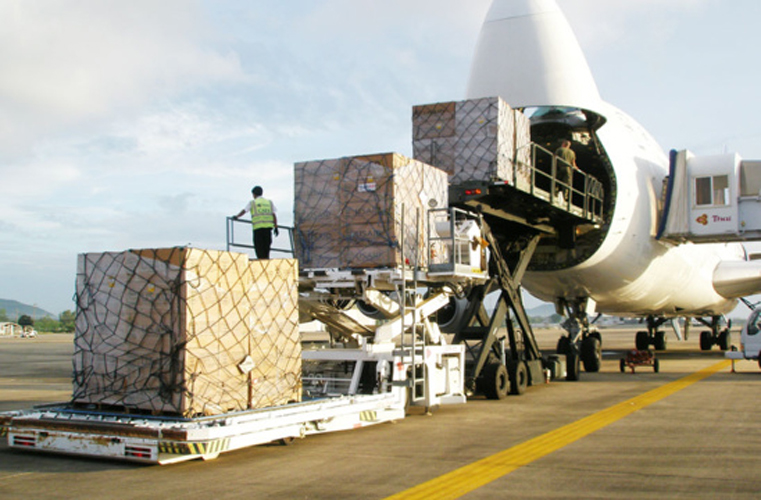The global air cargo market maintained its momentum in August, recording its sixth consecutive month of growth. This expansion is largely due to a shift in volumes from maritime transport to air, as well as the reorganization of supply chains amid uncertainties surrounding U.S. customs tariffs.
According to data from the International Air Transport Association (IATA), global air cargo demand (measured in cargo tonne-kilometers, or CTKs) rose by 4.1% in August compared to the previous year. Although this increase was slightly lower than July’s (+5.5%), it demonstrates the sector’s resilience despite a volatile global economic environment. At the same time, available capacity (ACTKs) grew by 3.7%, leading to a slight rise in the load factor, which reached 44.2%.
Key Drivers of Growth
IATA highlights that this momentum is mainly fueled by the decision of many shippers to favor air freight for part of their high-value goods. This strategic adjustment aims to minimize exposure to risks related to potential changes in U.S. trade policy.
This reorientation of flows has strengthened connections between Europe and Asia, Africa and Asia, as well as intra-Asian routes. In contrast, transpacific corridors linking North America to Asia have seen a decline.
Economic Context and Fuel
Although global goods trade grew by 5.4% in July and the manufacturing PMI reached its highest level since June 2024, the overall economic picture remains mixed. New export orders are declining, reflecting companies’ caution in the face of tariff risks.
A positive factor for the sector is the continued drop in jet fuel prices for the fourteenth consecutive month, with a 6.4% year-on-year decline in August.
Regional Performance
Regionally, Africa stands out with the strongest performance, posting an 11% increase in demand and a 12.3% rise in capacity. The Asia-Pacific region also recorded a significant surge in demand, up 9.8%.
Growth was more moderate in Europe (+3.2%), the Middle East (+2.7%), and Latin America (+2.1%). North America was the only region to register a decline in demand (-2.1%) and in capacity (-1%), confirming the shift of major cargo flows toward other global routes.






